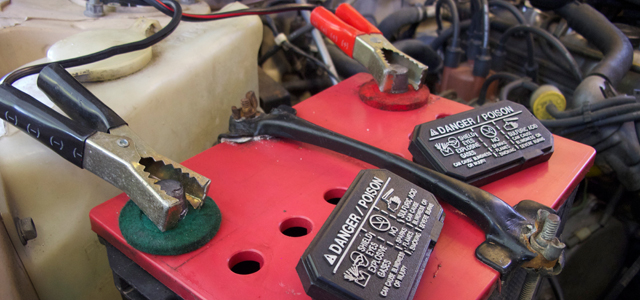 Dividing the number of times a tool is used into its own utility makes the battery charger one of the best long-term investments for the absent minded and forward thinker alike. Since the basic design and chemistry of a lead-acid automobile battery haven’t changed all that much since the days of Charles F. Kettering, the old battery charger is a tool that is often used for many years before getting passed onto the next generation. The official Clunkbucket battery charger was picked up over three cars and four motorcycles ago, and has never failed in in its ongoing task putting the juice back into the cells.
Dividing the number of times a tool is used into its own utility makes the battery charger one of the best long-term investments for the absent minded and forward thinker alike. Since the basic design and chemistry of a lead-acid automobile battery haven’t changed all that much since the days of Charles F. Kettering, the old battery charger is a tool that is often used for many years before getting passed onto the next generation. The official Clunkbucket battery charger was picked up over three cars and four motorcycles ago, and has never failed in in its ongoing task putting the juice back into the cells.
While there are certainly far more modern and fancier battery chargers, the one that gets the job done is the right tool to have when it comes to dead batteries. The cause of the dead player can be an obvious lights left on from dusk to dawn sort of thing, or a far more insidious mystery short or drain. The mysteries usually turn out to be something like a dome light door switch bent into the on position since Dukakis made a run for the White House. The procedure for charging up a dead battery is the about the same whether your battery charger is a genuine antique passed down from granpa, or a more space-age model with built-in diagnostic abilities.
Charge a Battery in Five Easy Steps





Battery charger alternate use: electroplating or reverse-electroplating (aka rust removal).
Never done it myself, but I’ve heard good things about it for de-rusting hopelessly rusty tools or parts or whatever.